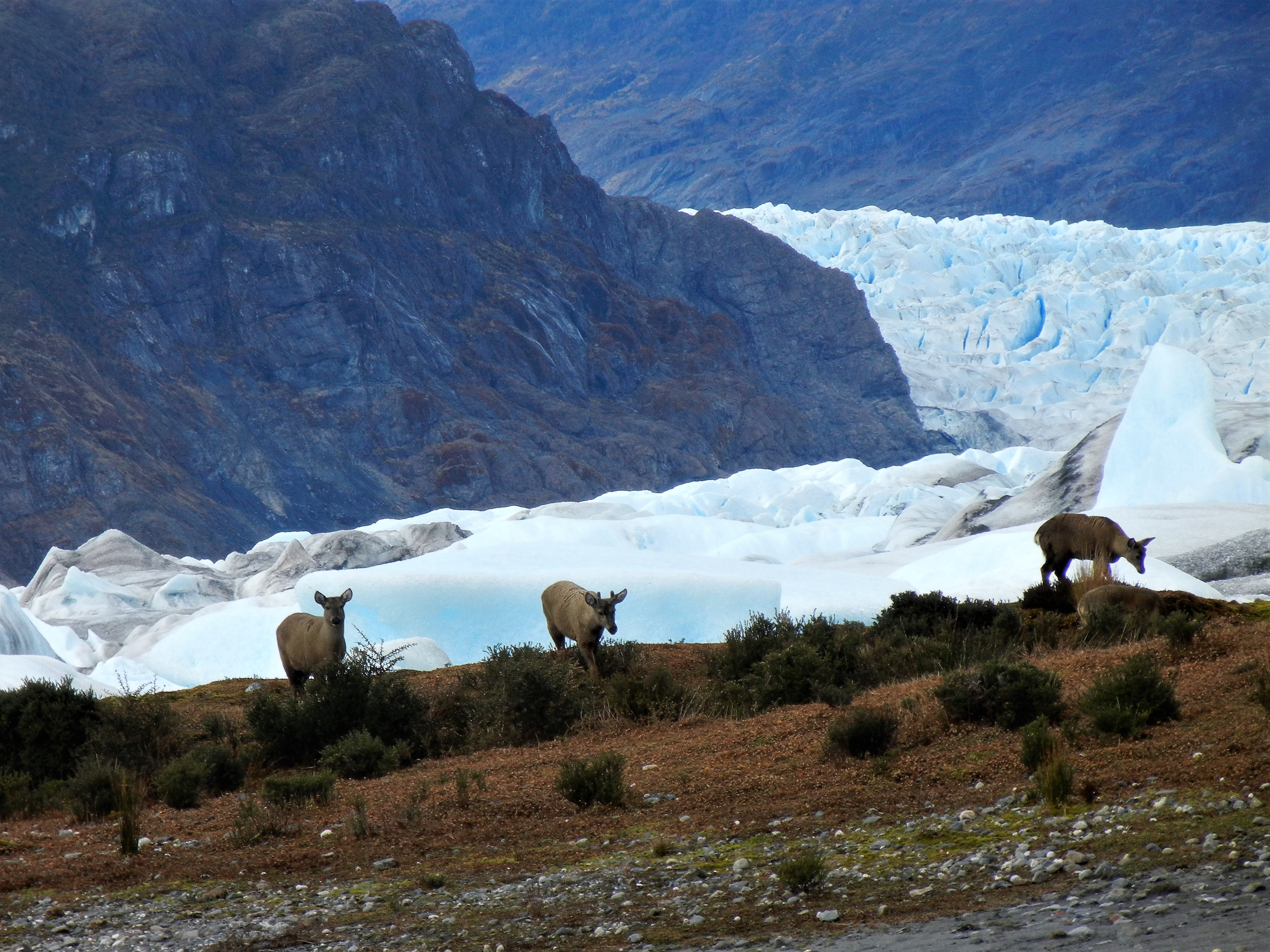America’s Iconic Mountain Goats Are Being Threatened by Melting Ice and Snow
Credit to Author: Becky Ferreira| Date: Wed, 11 Dec 2019 19:00:42 +0000
There’s nothing like the feeling of sweet relief after walking into an air-conditioned room in the middle of a heatwave. Mountain goats, an iconic species that thrives in alpine habitats such as Montana’s Glacier National Park, feel the same way on hot summer days, only they cool off using glaciers and snow patches instead of AC units or central air.
Unfortunately, glaciers and snow patches are rapidly declining around the world, due to human-driven climate change. The loss of these important environments is increasing the odds of heat stress and hyperthermia in mountain goats, according to a study published on Wednesday in PLOS One.
“Mountain goats need cooling,” said study co-author Joel Berger, a senior scientist with the Wildlife Conservation Society and a professor in wildlife biology at Colorado State University, in a call. “They just don’t seem to have the thermal flexibility that we see in some of these other large mammals.”
While scientists have been aware of the vulnerability of goats to climate change for years, there hasn’t been much observational research about the specific benefits of their snowy havens to their overall health. Berger and his colleagues aimed to fill this gap with their study, which is based on GPS satellite tracking of collared mountain goats in Glacier National Park, as well as onsite observations of the animals during the summers of 2013 to 2016.
“Given the modern world that we live in, everything is technological and satellites help us do ecological and environmental studies enormously,” Berger said. Still, “some insights can’t come from just looking down,” he added, which is why the team also trekked into the park to monitor the goats during the months of July and August.
The researchers timed the goats’ inhalations and exhalations when they were both on and off the snow, and found that their breathing rates decreased by as much as 15 percent when they were resting on snow patches.
The satellite data also revealed that the mountain goats strongly preferred areas closer to snow patches. The odds of the goats using an area decreased by 68 percent for every one kilometer increase in its distance from snow, according to the study.
The study suggests that the accelerated loss of snow and glaciers over the coming decades will have negative effects on mountain goats, and other cold-adapted species such as reindeer, which rely on these environments to keep them safe from heat exposure.

It will take a concerted effort to ensure that these animals are able to access habitats where they can be healthy and comfortable.
“Mountain goats have lost so much of where they used to occur historically, meaning from northern Mexico into Arizona,” Berger said. “Now their native distribution—native, not where they’ve been introduced—ends in Montana and Idaho.”
Berger and his colleagues are not only concerned about North American mammals, but also their relatives in South America, including the huemel, the most endangered large mammal in the Western hemisphere.
“We’re looking both at the top and at the bottom [of the globe] at the loss of ice and what it means for biodiversity, through the eyes of a couple of large mammals,” Berger said.
This article originally appeared on VICE US.